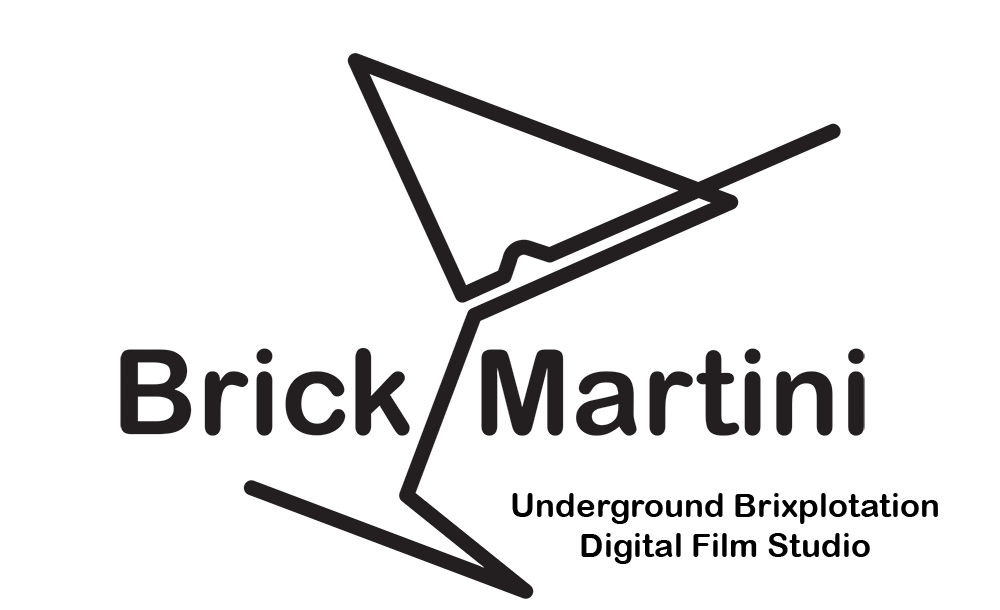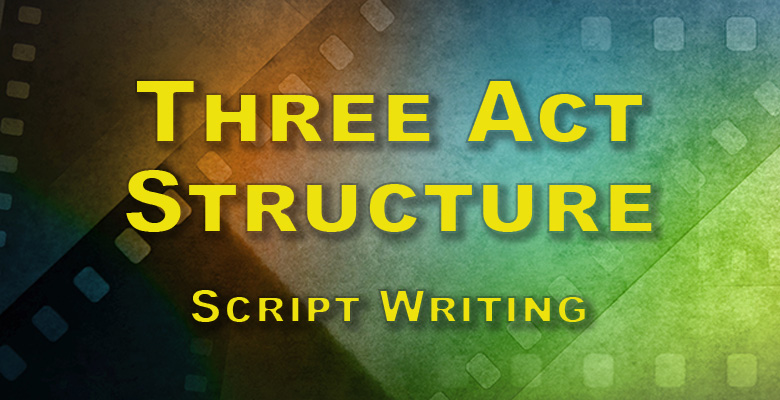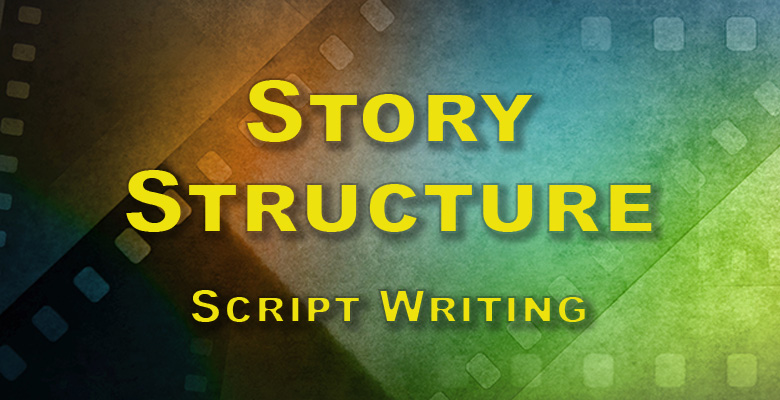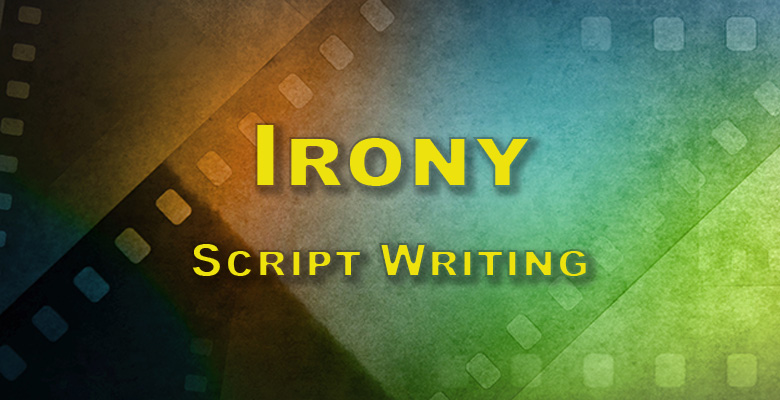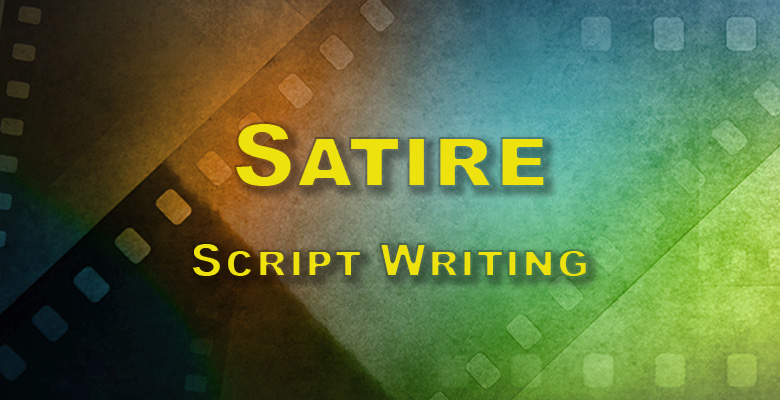Story structure refers to the organized framework or blueprint by which a narrative is presented to an audience. A well-structured story ensures that the narrative flows logically, maintains the audience’s interest, and delivers a satisfying conclusion. While there are various models for story structure, many share common elements rooted in the age-old art of storytelling.
Classic Three-Act Structure:
One of the most fundamental and widely recognized story structures is the three-act structure:
- Act 1 – Setup:
- Introduction: Introduce the main characters, setting, and tone of the story.
- Inciting Incident: An event that disrupts the protagonist’s ordinary world and sets the story in motion.
- Plot Point One: The decision or action that propels the protagonist into the story’s central conflict.
- Act 2 – Confrontation:
- Rising Action: The protagonist faces a series of obstacles and challenges while pursuing their goal.
- Midpoint: A significant event or turning point that raises the stakes and pushes the protagonist further into action.
- Plot Point Two: A crisis or obstacle that represents the protagonist’s lowest point, where the goal seems unattainable.
- Act 3 – Resolution:
- Climax: The most intense point of the story where the main conflict comes to a head.
- Falling Action: Events that occur after the climax as things start to wrap up.
- Denouement: The final resolution or outcome of the story, where any remaining questions are answered, and the characters’ arcs are completed.
Other Structural Models:
While the three-act structure is widely recognized, there are other models and variations:
- The Hero’s Journey: Popularized by Joseph Campbell’s “The Hero with a Thousand Faces”, this structure outlines a universal pattern found in many stories across cultures. It includes stages like the “Call to Adventure,” “Crossing the Threshold,” “Trials and Challenges,” and “The Return.”
- Five-Act Structure: Rooted in classical drama (e.g., Shakespearean plays), this structure divides the narrative into exposition, rising action, climax, falling action, and denouement.
- Seven-Point Story Structure: This model includes seven key events: the Hook, First Plot Point, Pinch Point 1, Midpoint, Pinch Point 2, Second Plot Point, and Resolution.
Considerations for Story Structure:
- Flexibility: While structures provide a guideline, they shouldn’t be too rigid. Stories should evolve organically, and sometimes, deviations from the standard structure can lead to innovative storytelling.
- Pacing: Structure aids in pacing, ensuring the story maintains momentum and doesn’t lose the audience’s interest.
- Character Arcs: A character’s development often parallels the story structure. For instance, a character might face their deepest fears during the climax.
- Themes and Motifs: Repeated themes or motifs can be woven into the structure, providing layers of depth and meaning.
- Audience Expectation: Familiarity with structural conventions allows writers to either meet audience expectations or subvert them for surprise.
Story structure is a foundational element of storytelling, providing a roadmap for the narrative. Whether a writer adheres strictly to a traditional structure or crafts their unique variation, understanding these principles is essential for crafting compelling stories.

